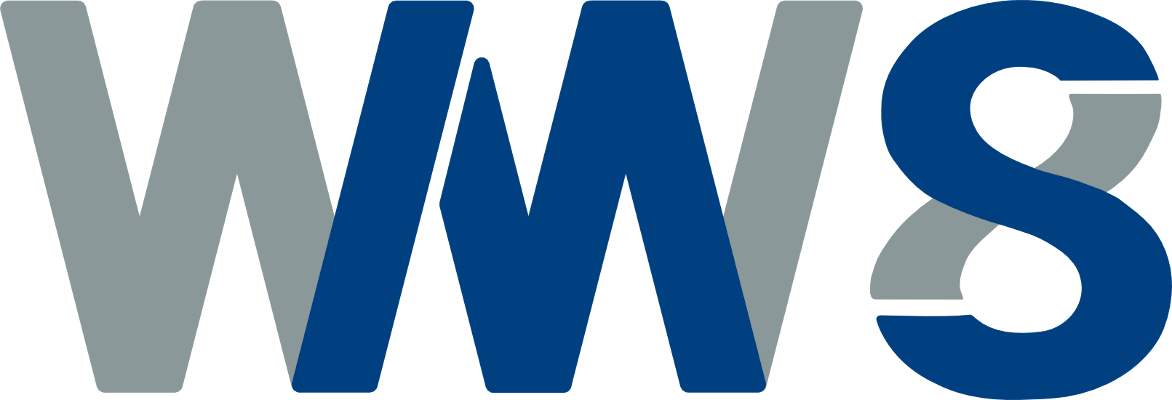Multiscale modeling of collagen tissue mechanics
Alfonso Gautieri
Biomechanics Research Group
Politecnico di Milano, Italy;
Institute for Biomechanics,
ETH Zürich, Switzerland
Wednesday, 13. May 2015, 17:15
WW8, Room 2.018-2, Dr.-Mack-Str. 77, Fürth
Collagen is the prime construction material in vertebrate biology, determining the mechanical behaviour of connective tissues such as tendon, arteries and skin. In complex with hydroxyapatite, it forms the building block of bone. Despite extensive efforts in the investigation of the origin of collagen unique mechanical properties, a deep understanding of the relationship between molecular structure and mechanical properties remains elusive, hindered by the complex hierarchical structure of collagen- based tissues. In particular, although extensive studies of viscoelastic properties have been pursued at the macroscopic (fiber/tissue) level, fewer investigations have been performed at the smaller scales, including in particular collagen molecules and fibrils. These scales are, however, important for a complete understanding of the role of collagen as an important constituent in the extracellular matrix.
Here we present an overview of atomistic and coarse grain models of collagen that have been developed and used to investigate, from the bottom up, the mechanical properties of collagen materials, with particular focus on visco-elastic properties at the single molecule and fibril levels. We present the modeling of nascent bone and the investigation of different degrees of intrafibrillar mineralization on the mechanical properties of the biomineral composite. Finally, we present the current efforts in the investigation of the formation of age-related nonenzymatic crosslinks and their possible biological/mechanical effects on the properties of collagen tissues.

